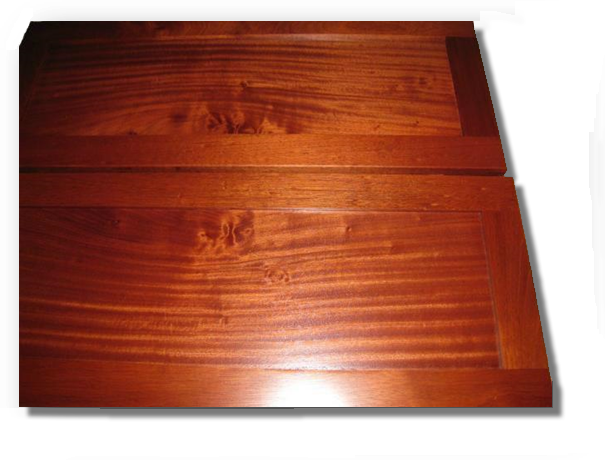You can't sneak up on a hyena, and if you do it's still going to be a hyena when you get there. Same for African mahogany ime. Some of it is even grained and down right polite like SA mahogany used to be, some is tension wood (and mostly you can read that tension as the swirling ribbons in both quartered and flat sawn, never a good sign for stability, but sometimes a board that looks good can go crazy too), some is mildly problematic, some verges on unusable. It's all in the same pile and all sells for roughly the same price. It's really up to the user to learn to read the grain, select your boards carefully if purchased locally or spec it carefully from a trusted source, otherwise it's a craps shoot. Second biggest problem after stability has been established is color. It's color is all over the place, you can start by carefully sorting it, and plan to stain it or at least tone it to equalize color, but this is no different from any mahogany type wood, even the genuine article is problematic concerning color. Some around here prefer QS sapele if the slightly darker color is acceptable or desirable because the grain and color tend to be much more consistent and it's slightly more durable, or harder anyway, than most Kayha.




 Reply With Quote
Reply With Quote









